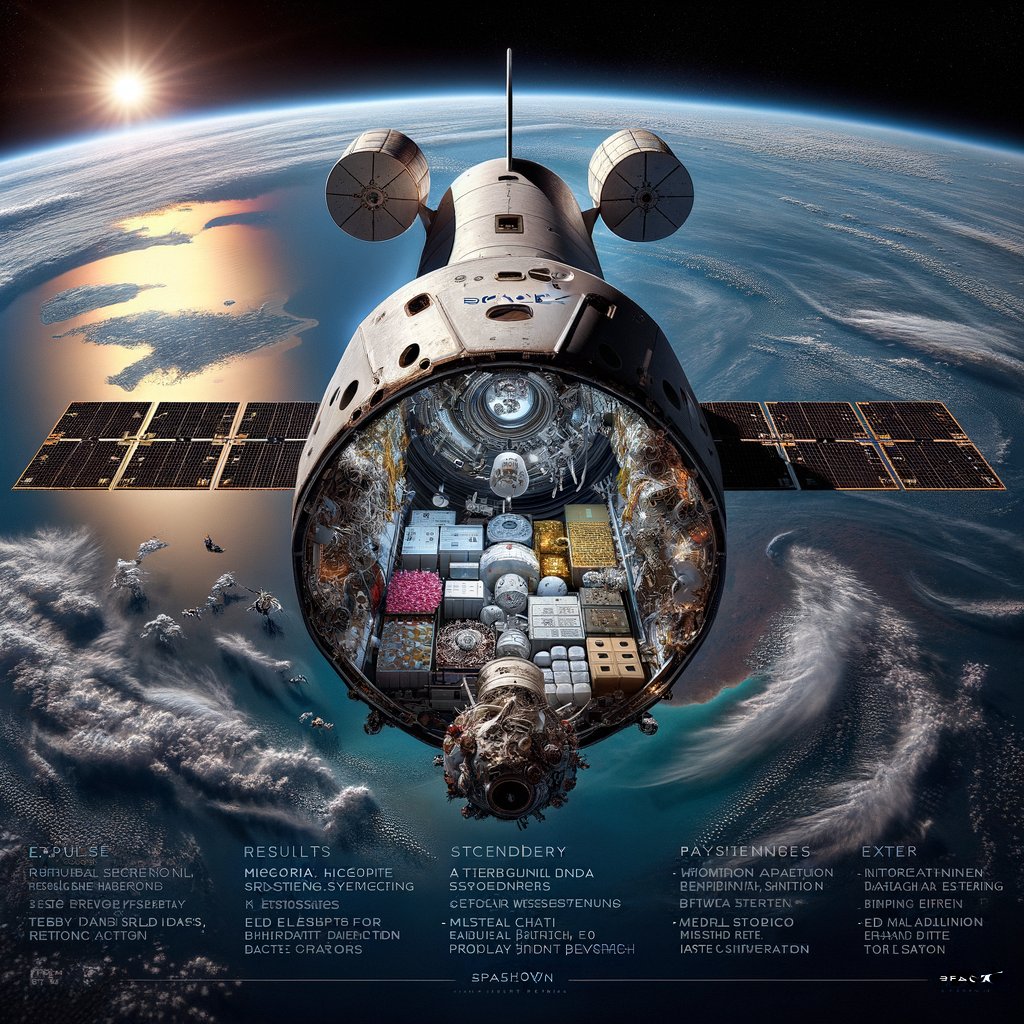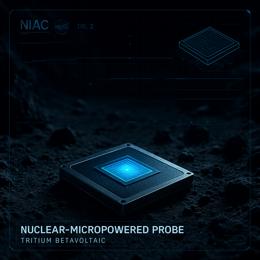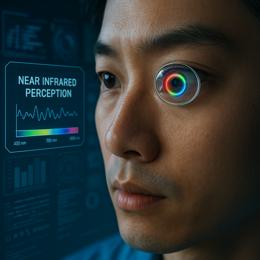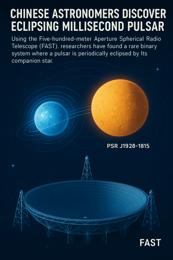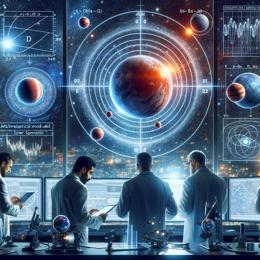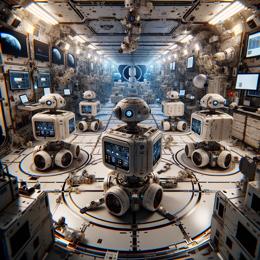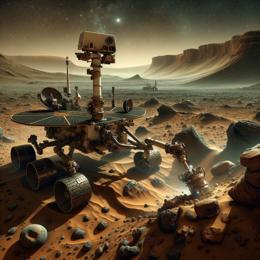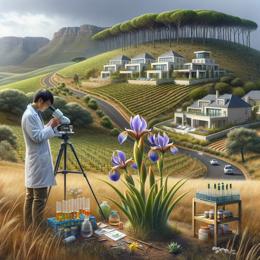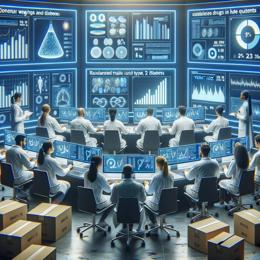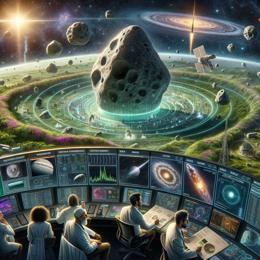Image created by AI
NASA's 31st SpaceX Resupply Mission: Bringing Science Back to Earth
Mark your calendars for December 5th as NASA and its international partners welcome back a SpaceX Dragon spacecraft from the International Space Station (ISS), concluding its 31st resupply mission. The Dragon is set to bring back to Earth vital scientific samples and hardware, crucial for ongoing research.
The mission, which initially launched from Kennedy Space Center in Florida on November 4th, delivered approximately 6,000 pounds of crew supplies, science investigations, and equipment to the orbiting laboratory. The Dragon spacecraft, now filled with invaluable research samples and experiments, will undock from the ISS's Harmony module and make its journey back to Earth, targeting a splashdown off the coast of Florida.
Among the notable research coming home are results from the GISMOS (Genes in Space Molecular Operations and Sequencing) experiment, which has achieved a milestone by successfully sequencing microbial DNA directly in space - a first look at the microbial community of the ISS water system. This could significantly impact how we manage life support systems on long-duration space missions.
The Space Tissue Equivalent Dosimeter, a student-developed technology for measuring radiation exposure, is also returning after more than doubling its intended operational period in space. This showcases the potential of student-led research contributing solid data to the field of space radiation.
Moreover, two metal specimens from ESA’s Metal 3D Printer will help researchers understand the nuances of performing metal deposition in microgravity, a process crucial for future construction in space environments. With plans to compare these against specimens printed on Earth, this research could pave the way for new manufacturing techniques in orbit.
The return cargo also includes submissions from the International Space Art and Poetry Contest, celebrating global creativity inspired by space. Students and educators worldwide will soon receive their artwork which orbited Earth, merging the worlds of science, art, and education.
The Plasmonic Bubbles experiment's high-speed video analysis of bubble behavior in microgravity could revolutionize our detection techniques in healthcare and environmental monitoring, showcasing yet another way space research directly benefits life on Earth.
As missions like these continue to bring back a wealth of knowledge, they highlight the International Space Station's role not just as a science lab, but as a stepping stone for deep space exploration. With commercial entities increasingly involved in low Earth orbit operations, NASA continues to push the boundaries, focusing on its Artemis campaign for Moon missions and the eventual human exploration of Mars.
Stay tuned to NASA's updates and get ready to explore the edge of tomorrow with the groundbreaking findings from this mission.
